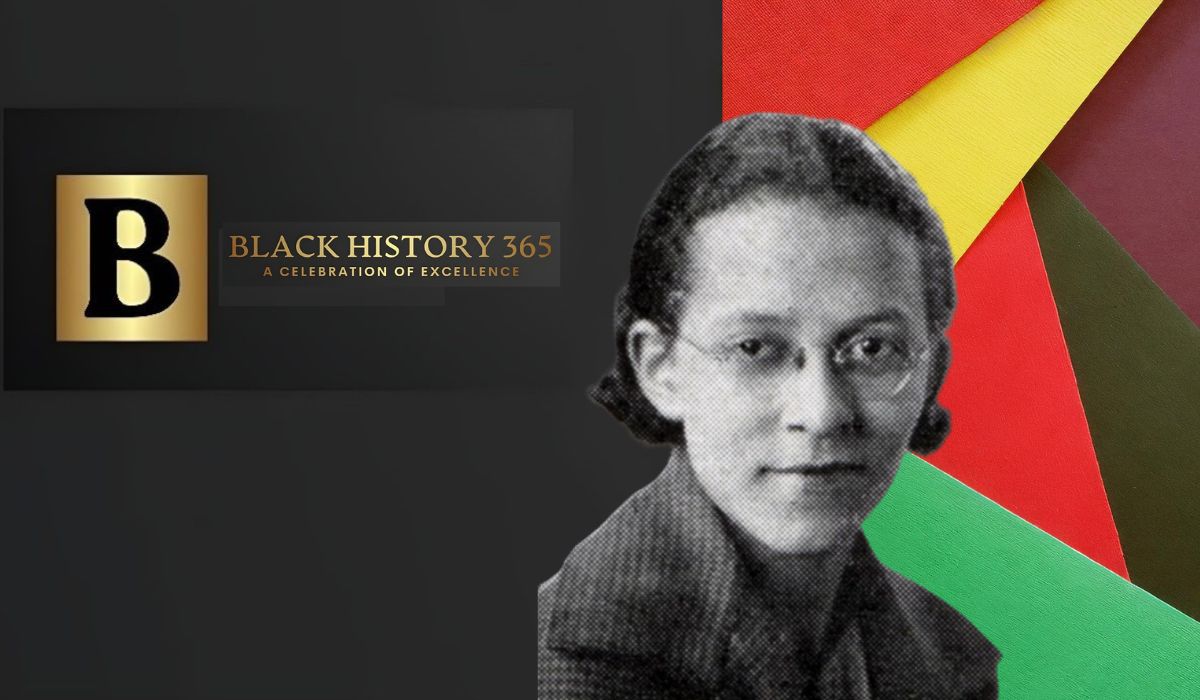Black History 365 Honors, Beverly Lorraine Greene
- Naomi Dela Cruz
- Black History 365
- Trending
- March 21, 2024

Pioneering Architect and Trailblazer in the world of construction
Image courtesy University of Illinois Archives
In the rich tapestry of American history, the contributions of African Americans often shine brightest amidst adversity and struggle. Among these luminaries stands Beverly Lorraine Greene, a pioneering architect whose legacy is a testament to resilience, talent, and perseverance. In 1942, Greene made history when she became the first known African-American woman to be licensed as an architect in the United States. This groundbreaking achievement paved the way for future Black architects and designers. Her licensure marked a significant milestone in the struggle for racial and gender equality within the architectural profession, underscoring the importance of representation and diversity in shaping the built environment.
Born in Chicago in 1915, Greene’s early life was marked by a passion for architecture and a relentless pursuit of excellence. Despite facing the entrenched barriers of racial discrimination and gender inequality, she refused to be deterred from her dreams. Greene’s journey toward becoming an architect was fraught with challenges as she navigated a profession largely dominated by white men. Yet, fueled by her innate talent and unwavering determination, she persevered, blazing a trail for future generations of African-American architects.
Several significant milestones marked Greene’s educational journey. She graduated from the University of Illinois at Urbana-Champaign with a degree in architectural engineering in 1936, a remarkable achievement considering the limited opportunities available to Black students then. Following her undergraduate studies, Greene pursued further education at Columbia University’s School of Architecture, where she honed her skills and deepened her understanding of the built environment.
Despite her academic credentials, Greene faced numerous hurdles on her path to architectural licensure. Discriminatory practices and systemic racism pervaded the profession, presenting formidable barriers to entry for aspiring Black architects. However, Greene remained undeterred, steadfast in her commitment to breaking down barriers and challenging the status quo.
Throughout her illustrious career, Greene’s architectural vision was characterized by a commitment to social responsibility and community engagement. She advocated for affordable housing, urban renewal, and sustainable design principles, recognizing architecture’s pivotal role in addressing societal inequities and fostering inclusive communities.
Greene’s impact extended far beyond the confines of her architectural practice. As a trailblazer and mentor, she inspired countless aspiring architects, particularly women and people of color, to pursue their passions and defy expectations. Her legacy is a beacon of hope and empowerment, reminding us of the transformative power of perseverance and the enduring legacy of trailblazers who dare to dream.
Today, as we celebrate Black History 365 days a year, we honor the remarkable achievements of Beverly Lorraine Greene and the countless unsung heroes who have shaped our world. Greene’s legacy reminds us that the pursuit of equality and justice is an ongoing journey, and that each of us has the power to effect meaningful change, one step at a time. As we strive for a more inclusive and equitable society, let us draw inspiration from Greene’s indomitable spirit and unwavering determination, knowing that the arc of history bends toward justice when we dare to dream and persevere against all odds.








